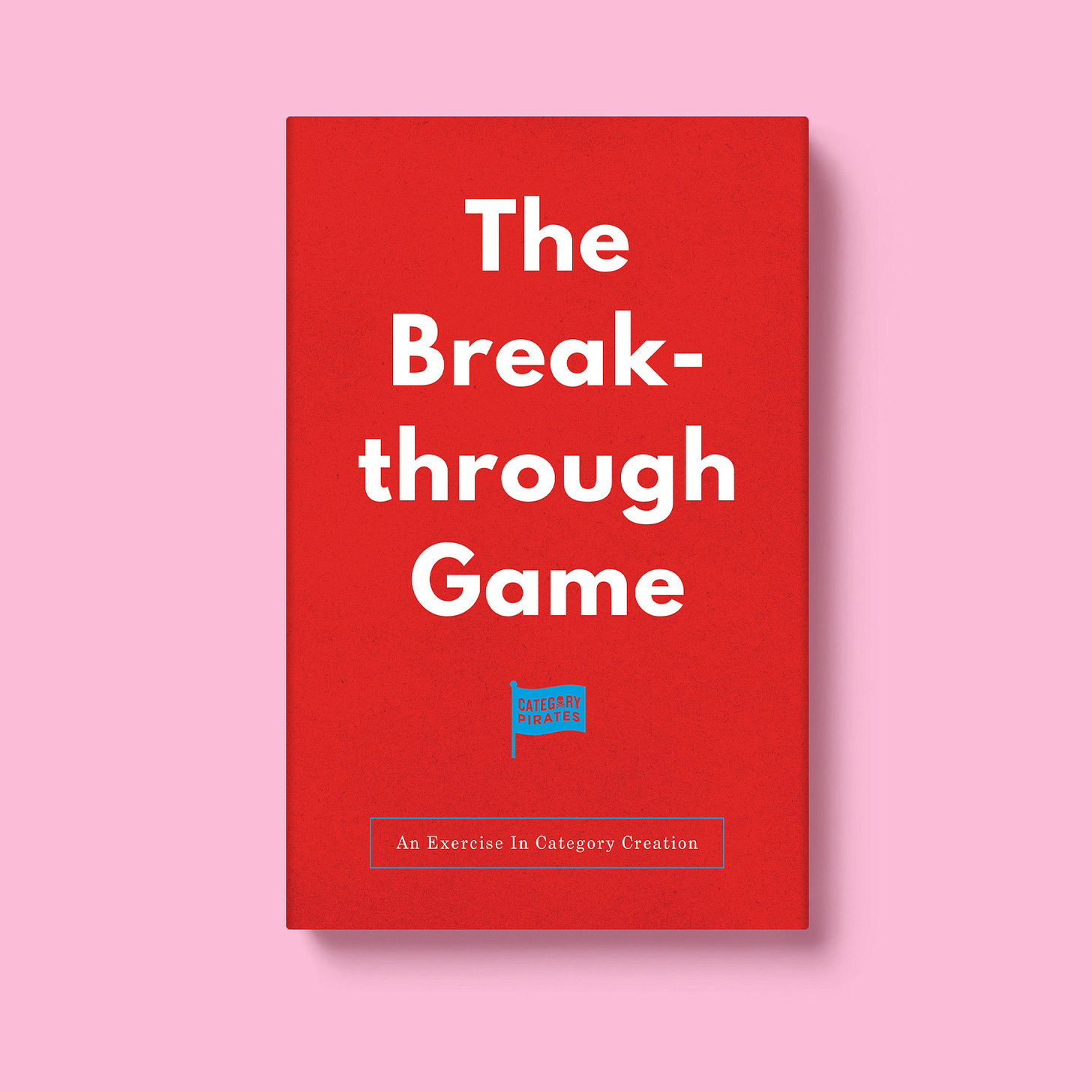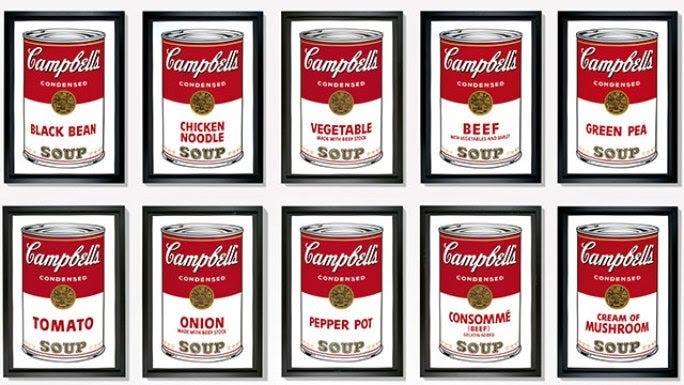Campbell's Soup & How To Design A Category Breakthrough In The Roaring 2020s
The way it is now, is the way it is, because someone else replaced the way it was.
Arrrrr! 🏴☠️ Welcome to a 🔒 subscriber-only edition 🔒 of Category Pirates. Each week, we share radically different ideas to help you design new and different categories. For more: View the mini-book archive | Listen to a category design jam session | Dive into an audiobook | Enroll in the free Category Accelerator email course
Dear Friend, Subscriber, and fellow Category Pirate,
100 years ago, The Campbell's Soup Company had a breakthrough.
For 30 years, the business sold little else besides produce, canned tomatoes, vegetables, jellies, condiments, minced meats, and of course, soups. Business was good, but there was nothing “radically different” about these products. Canning had been widely accepted as a method for sealing food since the early 1800s, and even when pasteurization was invented in 1864, fresh foods were difficult products to scale. Soup, for example, while cheap to make (its primary ingredient being water), was still heavy and expensive to ship.
Until, in 1895, a chemist within the company named John T. Dorrance came up with a radically different idea.
If Campbell’s halved the water in each can, the business could produce and ship exponentially more soup (since the excess water was no longer needed)! Simultaneously, the company could drop the price of a can of soup from 30 cents to 10 cents, expanding both their distribution and lowering the barrier to entry for new customers in a way no other food production company had been able to.
As a result, Dorrance and Campbell’s invented “condensed soup.”
New category.
This insight fundamentally transformed the business. Today, the company (with a $15 billion dollar market cap) is referred to as The Campbell Soup Company, with Campbell’s condensed tomato, cream of mushroom, and chicken noodle soups remaining some of the most popular shelf-stable foods in grocery stores all across the United States.
If Campbell’s was a food startup today, marketers and branding experts, other founders, executives, and even venture capitalists would likely attribute the company’s success to a wide variety of things. “Campbell’s successfully achieved product-market fit,” they might say. Or, “Campbell’s found white space in the market and stood out from the competition,” while pointing at Andy Warhol’s remarkable designs and contributions to the company’s branding (which came 60 years after the invention of condensed soup).
But are any of those reasons truly why Campbell’s was so successful? Was Campbell’s differentiating factor really the design of its cans?
We would argue, no.
What made Campbell’s successful was John T. Dorrance’s ability to move the world from the way it was, to the way he wanted it to be—a world where soup became inexpensive to ship, still easy to prepare, and just as flavorful for the customer. Campbell’s didn’t lean on a new flavor (tomato soup already existed). Campbell’s didn’t spin up a new marketing tagline (“Mmm Mmm Good” is hardly a breakthrough). And Campbell’s certainly didn’t beat out the competition by running 2-cents-off promotions.
So, what happened?




